CONTACT US: 0919 058 5858 | 02 899 51920
CONTACT US:
0919 058 5858 | 02 899 51920
Filipinos have a deep affection for pets, especially cats and dogs. Fur babies have become cherished members of the family, yet beneath this heartwarming bond lies a silent threat – rabies.
In 2024, the Department of Health (DOH) recorded over 400 cases of rabies in the Philippines, almost half from domestic pets. The consequence was devastating: all 426 cases resulted in death.
According to senior health official Albert Domingo, from 235 recorded cases during the pandemic in 2020, the number of patients affected by rabies in the country almost doubled in 2024. This dramatic surge underscores the urgent need for heightened rabies awareness and prevention efforts nationwide.
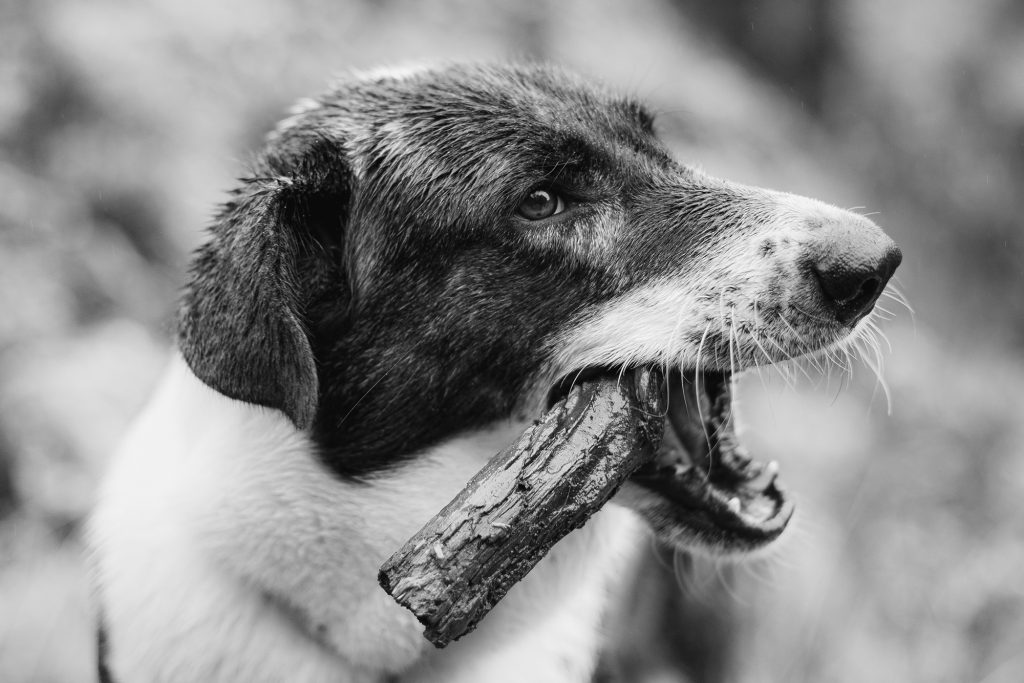
March is Rabies Awareness Month (Republic Act 1948) in the Philippines; aimed to increase understanding about the dangers of rabies, how it is transmitted, and the importance of prevention.
Rabies is defined by the World Health Organization (WHO) as a “viral zoonotic disease that causes progressive and fatal inflammation of the brain and spinal cord.”
According to the WHO, rabies is passed on from animal to human primarily through bites and scratches or when the infected saliva comes in contact with an open wound, the eyes, nose, and mouth. Although rabies has 100 percent fatality once it reaches the central system and clinic symptoms appear, it is preventable with immediate post-exposure prophylaxis (PEP).
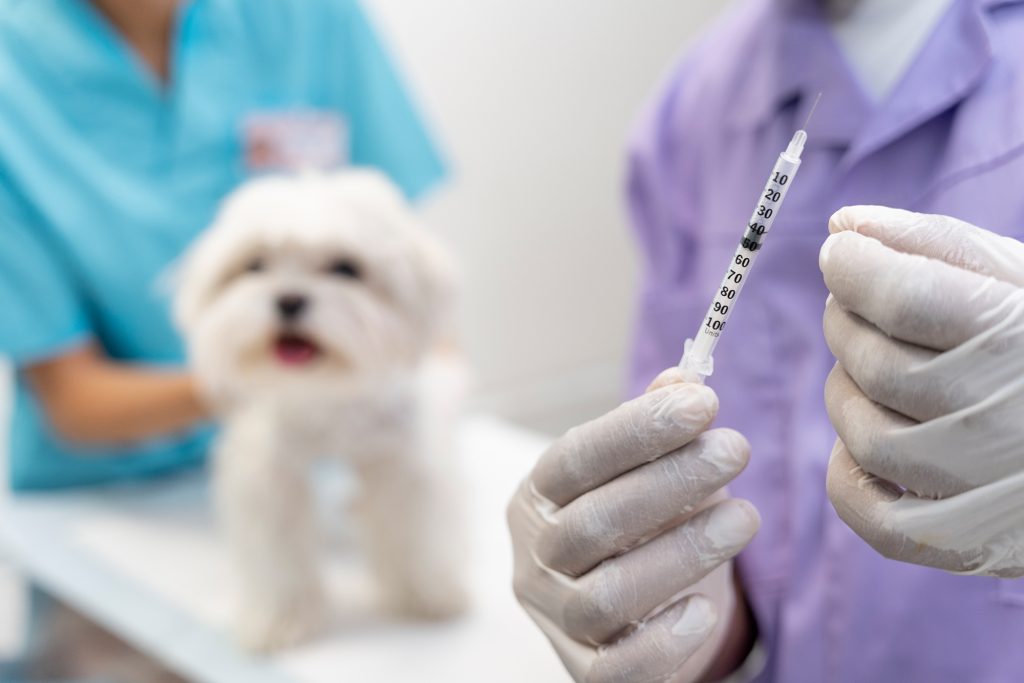
With the alarming rise of cases in the Philippines, rabies remains a pressing public health risk. This guide provides simple yet crucial rabies prevention tips to protect yourself, your family, and your beloved pets from this preventable disease.
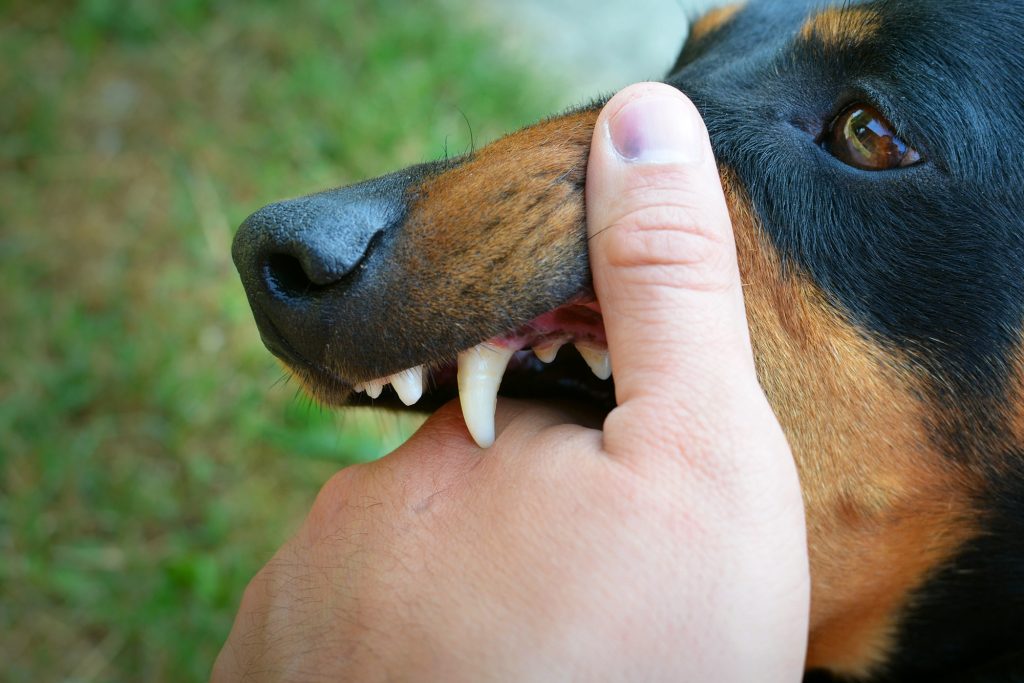
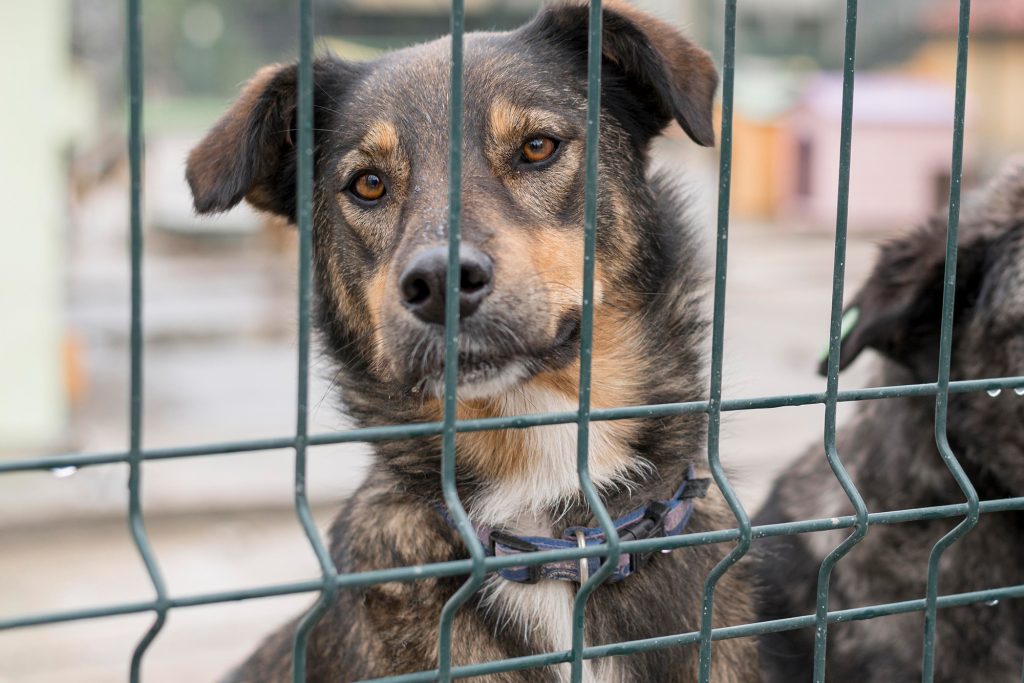
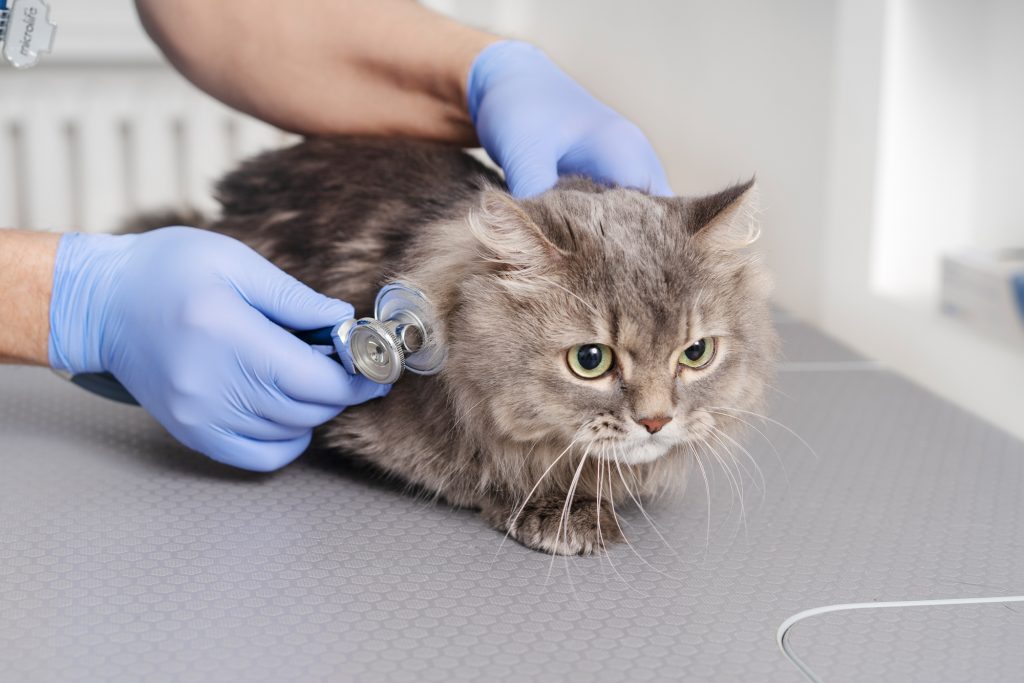
When female dogs and cats are in heat, they can attract males from a distance. Neutering your male pets removes their urge to roam in search of a mate, making it easier to keep them safe at home.
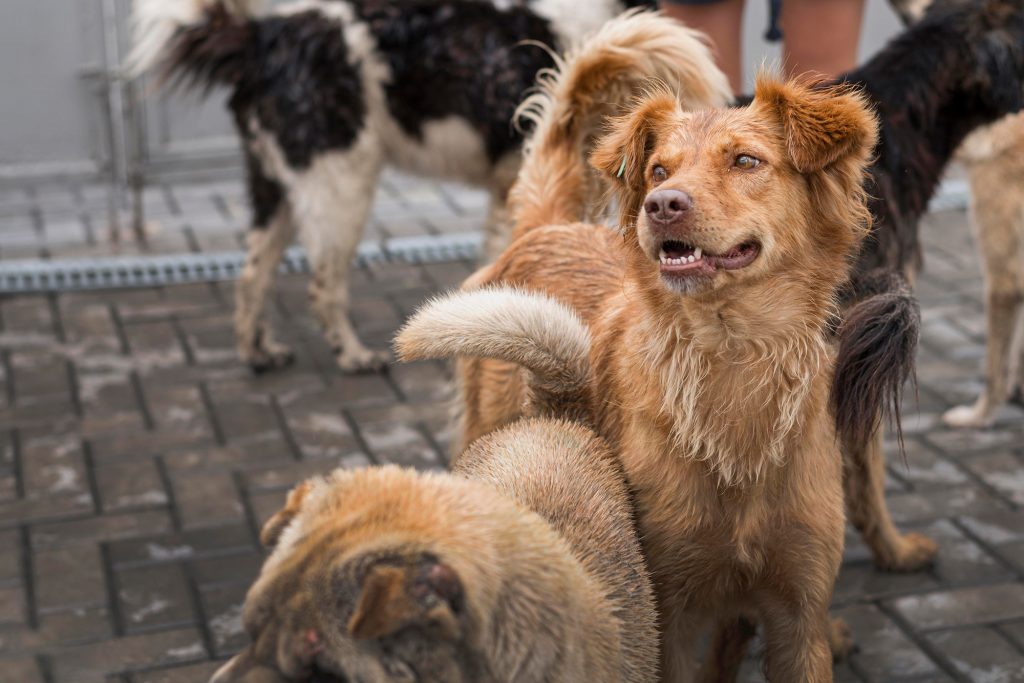
Do not approach or touch stray dogs and cats, even if they seem friendly or docile because you can’t always tell if they have rabies. This includes cute pets you might encounter at the mall – resist the urge to pet them for your safety. The same applies to wild animals such as squirrels, monkeys, rodents, and bats.

Teach kids never to go near or touch strange animals. Instruct them to tell a grown-up immediately if they get bitten or scratched by any animal – whether a pet, stray, or wildlife.

Get Post-Exposure Prophylaxis (PEP) – Animal bites and claw wounds require immediate medical attention to assess the risk of rabies. ER Guard, a reliable prepaid emergency medical card Philippines can facilitate quicker access to consultations and treatment at accredited hospitals. If your healthcare provider recommends PEP based on the risk assessment, it should be administered promptly to prevent the virus from reaching your central nervous system. It is crucial to complete the course of rabies vaccinations and rabies immunoglobulin (RIG) as prescribed.
The threat of rabies continues to be a serious health concern in the Philippines. Protecting yourself and your family from this deadly but preventable virus does not require complex measures. By embracing responsible pet ownership, avoiding stray animals and wildlife, and getting immediate medical assistance in case bitten or scratched by an animal, you can help build a strong foundation of rabies prevention in your community. Awareness, proactive measures, and community action are keys to achieving a rabies-free community.

Easy access health plan options for the Filipino community.
We know finding the right healthcare plan can be a complex and confusing task.
Our health plan specialists are always here to help 24/7.
Got more questions?